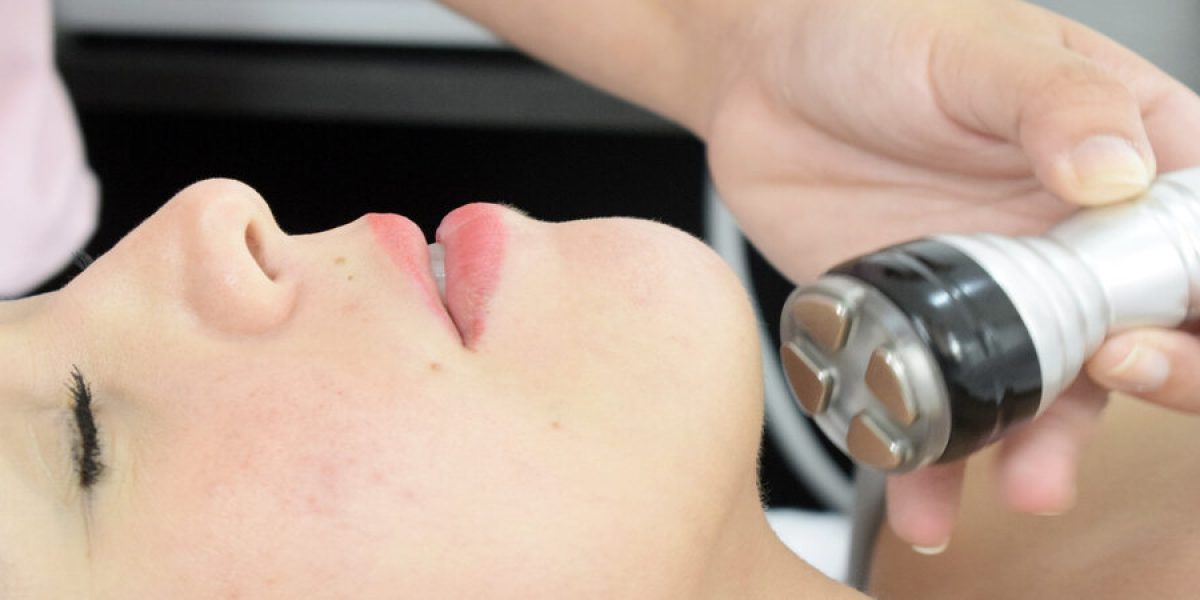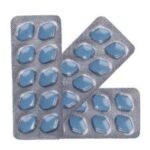Scars can be a physical reminder of past injuries, surgeries, or skin conditions like acne. While some fade over time, others may remain prominent and cause discomfort or self-consciousness. Scar laser treatment offers a modern, non-invasive option to improve the appearance of these marks. For first-timers, understanding how laser therapy works can help ease concerns and set realistic expectations. The treatment targets scar tissue with focused beams of light to promote healing and collagen remodeling, leading to smoother, more even-toned skin over time.
How Laser Treatment Works on Scars:
Scar Laser Treatment in Dubai (إزالة الندبات بالليزر في دبي) for scars works by using concentrated light energy to break down the fibrous tissue of a scar while encouraging the production of healthy skin cells. There are two main types of laser treatments used: ablative and non-ablative. Ablative lasers remove the top layers of skin, making them ideal for deeper scars. Non-ablative lasers, on the other hand, work beneath the surface to stimulate collagen without damaging the outer skin. Both approaches aim to reduce the scar’s visibility and improve skin texture.
Types of Scars Treated by Laser Therapy:
Laser treatment is versatile and can address a wide range of scar types. These include:
Hypertrophic scars, which are raised and often red or dark.
Keloid scars, which grow beyond the original wound area.
Atrophic scars, such as those caused by acne or chickenpox.
Contracture scars, which can result from burns and may restrict movement.
Surgical or injury scars, which may heal unevenly.
The type and severity of the scar will determine which laser technique is most suitable for treatment.
Preparing for Your First Session:
Before undergoing scar laser treatment, you’ll typically need an initial consultation to assess your skin and scar type. Preparation may involve avoiding sun exposure for several weeks, stopping the use of certain skincare products, and maintaining hydrated skin. It’s also essential to manage expectations—laser therapy improves the appearance of scars but may not erase them entirely. Communicating your goals clearly and understanding the number of sessions required can help ensure a smoother treatment journey.
What to Expect During the Procedure:
A typical session lasts anywhere from 15 minutes to an hour, depending on the scar’s size and location. During the procedure, you might feel a tingling or warm sensation as the laser passes over the skin. Cooling devices or topical numbing creams are often used to minimize discomfort. Afterward, the treated area may appear red or slightly swollen, similar to a mild sunburn. Most people can resume normal activities shortly after treatment, although some downtime may be needed based on the type of laser used.
Recovery and Aftercare Tips:
Proper aftercare is crucial to achieving optimal results. You may be advised to:
Keep the area clean and moisturized.
Avoid sun exposure and use a high-SPF sunscreen.
Refrain from picking or scratching the treated skin.
Follow a gentle skincare routine free from harsh chemicals.
Mild side effects like redness, swelling, or peeling are normal and usually subside within a few days. Consistency in aftercare greatly enhances the healing process and the overall effectiveness of the treatment.
Expected Results and Timeline:
Scar laser treatment typically requires multiple sessions spaced several weeks apart to achieve noticeable improvement. Many individuals begin to see changes after the first or second treatment, but full results may take several months as collagen production increases and skin continues to heal. The final outcome often includes smoother skin, a more uniform tone, and a less visible scar. Keep in mind that results vary depending on factors such as scar age, skin type, and adherence to aftercare guidelines.
Is Laser Treatment Right for You?
Scar laser treatment can be a highly effective option for people seeking to improve the appearance of bothersome scars. However, it’s not suitable for everyone. Those with certain skin conditions, active infections, or a history of poor wound healing may need to explore alternative treatments. A detailed skin evaluation can help determine eligibility. With realistic expectations, proper preparation, and ongoing care, first-time patients can experience significant improvements in both the look and feel of their skin through laser therapy.
Conclusion:
Scar Laser Treatment in Dubai (إزالة الندبات بالليزر) offers a promising path for individuals looking to reduce the visibility of scars and regain confidence in their skin. For first-timers, understanding the process—from how it works to what to expect during and after the procedure—can make the journey more comfortable and informed. While it may not erase scars entirely, laser therapy significantly improves their texture, color, and overall appearance with consistent sessions and proper care. By setting realistic expectations and committing to aftercare, you can achieve smoother, healthier-looking skin and a renewed sense of self-assurance.












